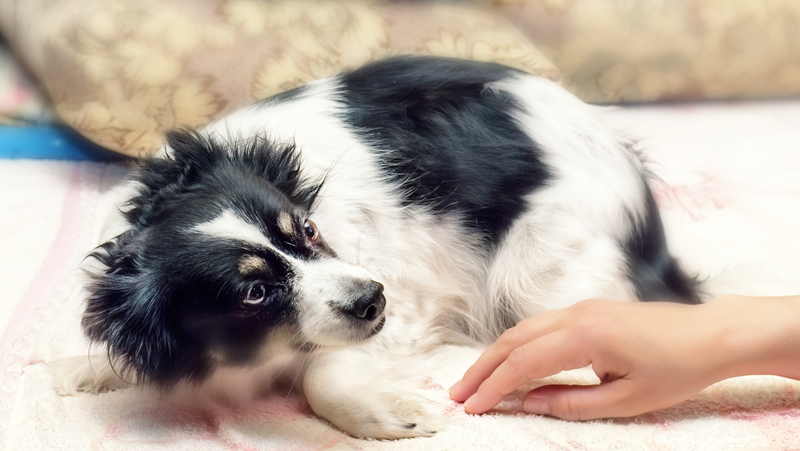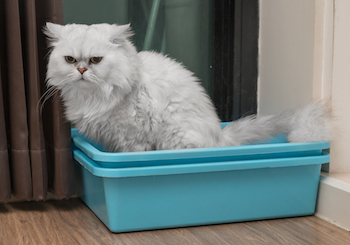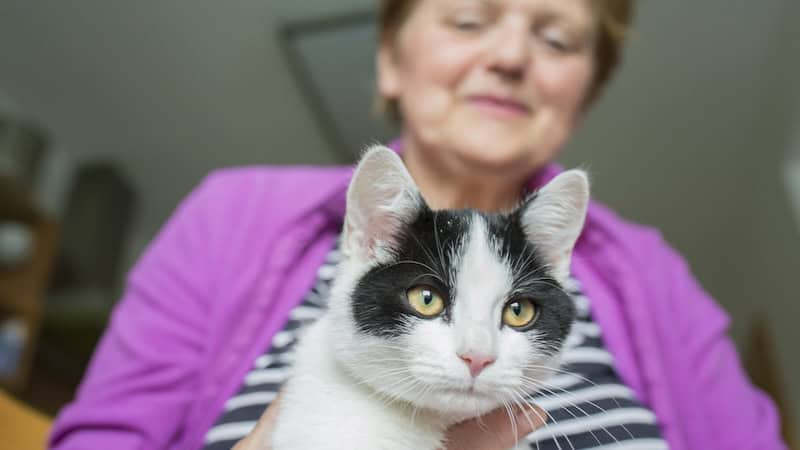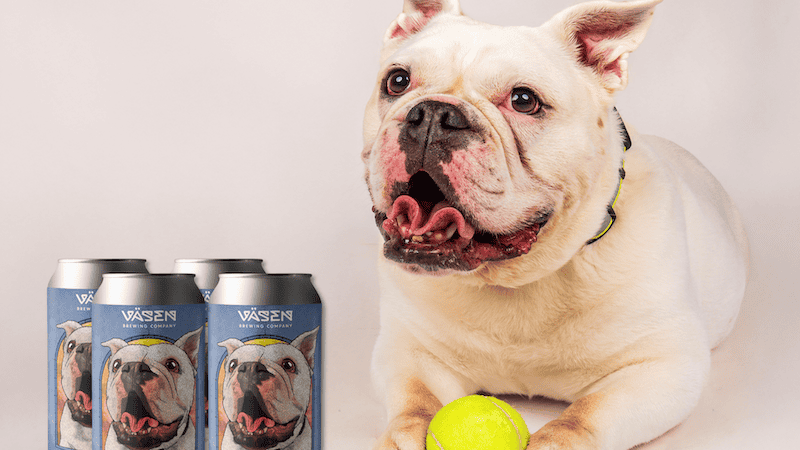Dog Rescued from Hoarding Still Scared a Year Later
Plus pets who may outsmart us and ‘urinary calculus’

In this edition of My Pet World, animal advisor Cathy M. Rosenthal advises an owner whose rescued dog is still scared a year later – a sweet but frightened dog who still has trust and fear issues. She also fields comments on a dog and a cat with seemingly odd urinary issues.
Dear Cathy,
My family and I adopted a dog, Oreo, that was rescued from a hoarding situation along with 100 other dogs. When we first got her, she did not trust anyone. She was scared, very sensitive to sound, and was on guard 24/7.
Fast forward a year and a half later and Oreo has made great strides and come a long way, but she’s still not 100% trusting. Is this normal this far along? She shakes when she hears loud noises or does not recognize someone when they enter a room. How can we help our little Oreo calm down? She is the most gentle, loving dog and we just want to show her that no one is out to get her.
– Genevieve, Margate, Florida
Dear Genevieve,
It’s not uncommon to see the impact hoarding has on a dog a year later. It’s a traumatic experience. The good news is there are things you can do to help Oreo.
First, get a pheromone collar for her to wear. Canine-appeasing pheromones can help relax her.
Second, replace negative experiences with positive ones. For example, if Oreo is afraid of men with hats, then give her tasty treats whenever men with hats are around. You may have to start by sitting 50 feet away and working your way closer to the thing she fears over time. But, if you are persistent, you will eventually replace her fear with the thought that men with hats means a tasty treat.
Next, make training a part of your everyday routine. Training builds trust in you and confidence in herself. She will learn that listening to your commands and engaging with you and others will result in praise and treats.
Work on these three things every day and by this time next year, she should be greatly improved. She might not ever be 100%, but she will be a much more confident and happier dog.
A dog adoption tale: “The tails of two heroes”
 Dear Cathy,
Dear Cathy,
I just read your column where Tom from Westbury, New York, was seeking advice on why his Yorkie, Missy, would not go on the pee pad until it barked and was seemingly asking for permission to use the pee pad. Obviously, Missy learned that if she goes on the wee-wee pad without being seen that there will be no treats offered to her.
– Gertrud, Valparaiso, Indiana
Dear Gertrud,
You’re probably right. Our pets catch on quickly to patterns. If Missy used the wee-wee pad and didn’t get a treat, I can see her finding a way to let her owners know that she deserved one. I had the same issue with a dog who got a treat every time he went out and relieved himself. He was asking to go out a lot. I eventually realized he was working me for a treat, which I was happy to give since he has never had an accident in the house, and I can determine the nuanced behavior of a dog who really does need to go out.
While I would happily give a treat to a dog that was relieving herself on the pad and not the carpet, Missy’s dad could phase out the treat over time if it’s getting to be too much. Thanks for the reminder that our pets are sometimes smarter than us.
The best dog breeds for seniors
 Dear Cathy,
Dear Cathy,
I would like to add to your answer to the pet owner that is concerned about her cat urinating in new places. Since the cat is a male, it could be urinary calculus. As I understand it, stones in a cat’s urethra are painful, and they can associate the pain with their litter box, so they begin looking for a place to empty their bladder where it doesn’t hurt when they urinate. Mine chose the frilly edge of a Persian rug, the soft surface of great grandma’s Christmas tree apron, and others. A stone flush and a new diet removed the problem, although not immediately.
– Jeff from Wisconsin
Dear Jeff,
It’s true. If cats experience pain when urinating in a litter box, they will associate the pain with the litter box and won’t go back there – until healed and properly coaxed. When a cat (or dog) does something out of character, a pet owner should always rule out a health problem first. Once a cat gets a clean bill of health, then the owner can address the other reasons a cat might stop using the litter box. I am glad to hear you found the source of your cat’s problem.
Cathy M. Rosenthal is a longtime animal advocate, author, columnist, and pet expert who has more than 25 years in the animal welfare field. Send your pet questions, stories, and tips to cathy@petpundit.com. Please include your name, city, and state. You can follow her @cathymrosenthal.
© Tribune Content Agency, LLC
Boomer has vetted all products recommended in Pet World articles, so you don’t have to! As an Amazon Associate, Boomer Magazine earns from qualifying purchases of linked products.


